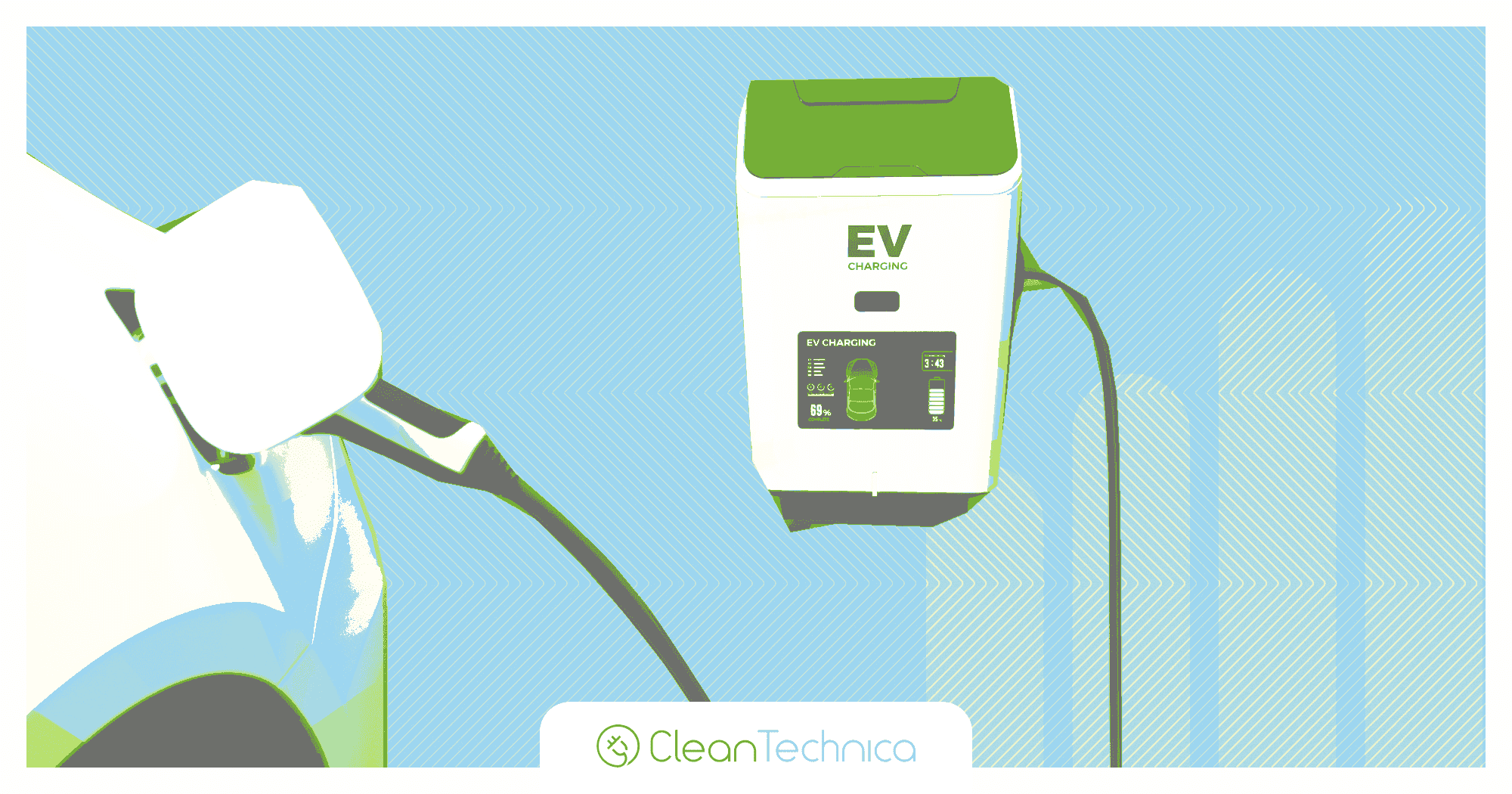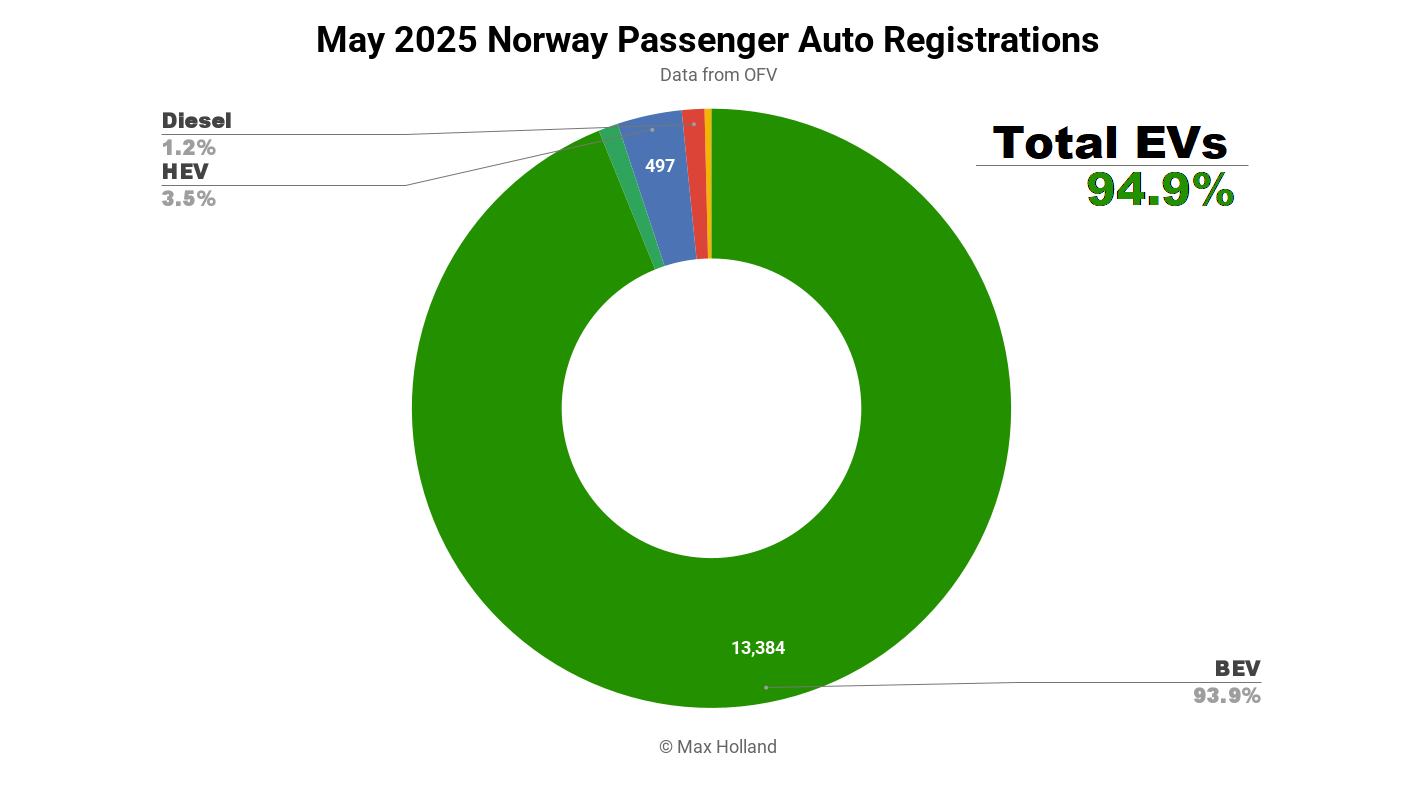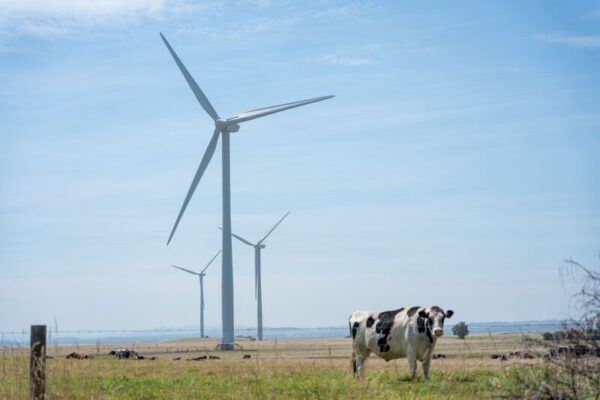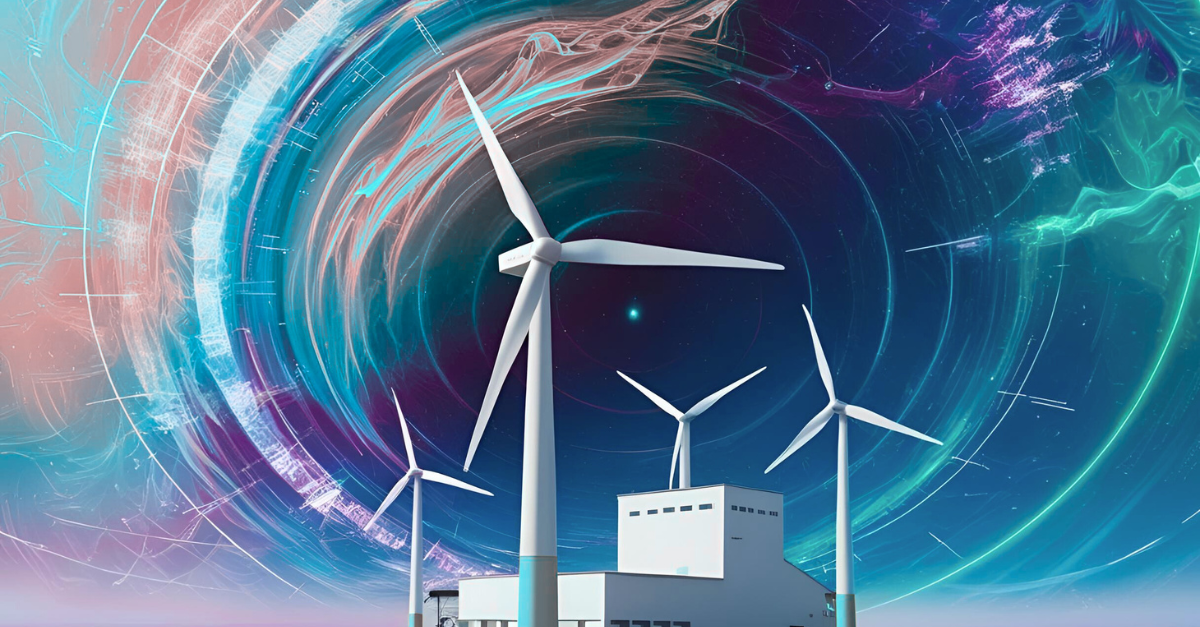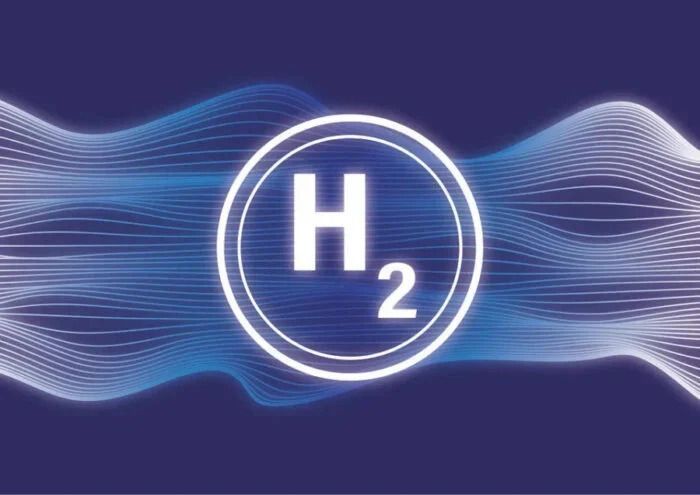EPA Releases New Version of EJScreen
This week EPA released the newest version of its environmental justice (EJ) screening and mapping tool, EJScreen 2.3. EJScreen is a mapping tool that combines environmental and socioeconomic data and is used to screen for potentially overburdened communities that may be affected by federal government programs and activities. Continue Reading


This week EPA released the newest version of its environmental justice (EJ) screening and mapping tool, EJScreen 2.3. EJScreen is a mapping tool that combines environmental and socioeconomic data and is used to screen for potentially overburdened communities that may be affected by federal government programs and activities. The major changes revealed in EJScreen 2.3 include: (1) two new environmental indicators, (2) a shift from presenting air toxics health risks as indicators, (3) new map layers, including for extreme heat and drinking water, and (4) modifications to the Supplemental Index to replace unemployment data with data on disabilities.
The two new environmental indicators address noncompliant drinking water systems and nitrogen dioxide levels. Version 2.3 also removes air toxics cancer risk and air toxics respiratory hazard index as environmental indicators. The version does, however, maintain toxic releases to air as an environmental indicator and a display of air toxics cancer risk data in the mapping tools. The new map layers cover extreme heat, drinking water, Superfund boundaries, and environmental justice grants. EJ Screen displays indices for 13 environmental indicators, both in the form of an EJ Index and a Supplemental Index. The EJ Index incorporates the demographic factors explicitly named in Executive Order 12898 on Environmental Justice, people of color and low income, while the Supplemental Index offers a different perspective on community-level vulnerability by considering a different set of demographic factors. Where the prior version of EJScreen used percent low income, percent limited English speaking, percent less than high school education, percent unemployed, and low life expectancy as the Supplemental Index factors, the current version replaced percent unemployed with percent disabled. Version 2.3 also includes new data, such as the Census Bureau’s American Community Survey data, and updated data from demographic and environmental databases.
EPA’s Office of Environmental Justice & External Civil Rights held the first of several training webinars on July 10, with another scheduled for July 24. EPA will also offer bimonthly “office hours” for the public to interact directly with EJScreen experts to ask questions and relay feedback, with the first session starting at noon E.T. on August 21.
EPA’s release of the new version of EJScreen could have impacts for pending permits and potential challenges to issued permits. Permit applicants should study results of the new version and assess potential impacts to projects. For assistance in assessing these impacts, please contact Liskow attorneys Clare Bienvenu, Greg Johnson, and Emily von Qualen and visit our Environmental Justice practice page.
Disclaimer: This Blog/Web Site is made available by the law firm of Liskow & Lewis, APLC (“Liskow & Lewis”) and the individual Liskow & Lewis lawyers posting to this site for educational purposes and to give you general information and a general understanding of the law only, not to provide specific legal advice as to an identified problem or issue. By using this blog site you understand and acknowledge that there is no attorney-client relationship formed between you and Liskow & Lewis and/or the individual Liskow & Lewis lawyers posting to this site by virtue of your using this site. The Blog/Web Site should not be used as a substitute for legal advice from a licensed professional attorney in your state regarding a particular matter.
Privacy Policy: By subscribing to Liskow & Lewisʼ E-Communications, you will receive articles and blogs with insight and analysis of legal issues that may impact your industry. Communications include firm news, insights, and events. To receive information from Liskow & Lewis, your information will be kept in a secured contact database. If at any time you would like to unsubscribe, please use the SafeUnsubscribe® link located at the bottom of every email that you receive.
What's Your Reaction?












